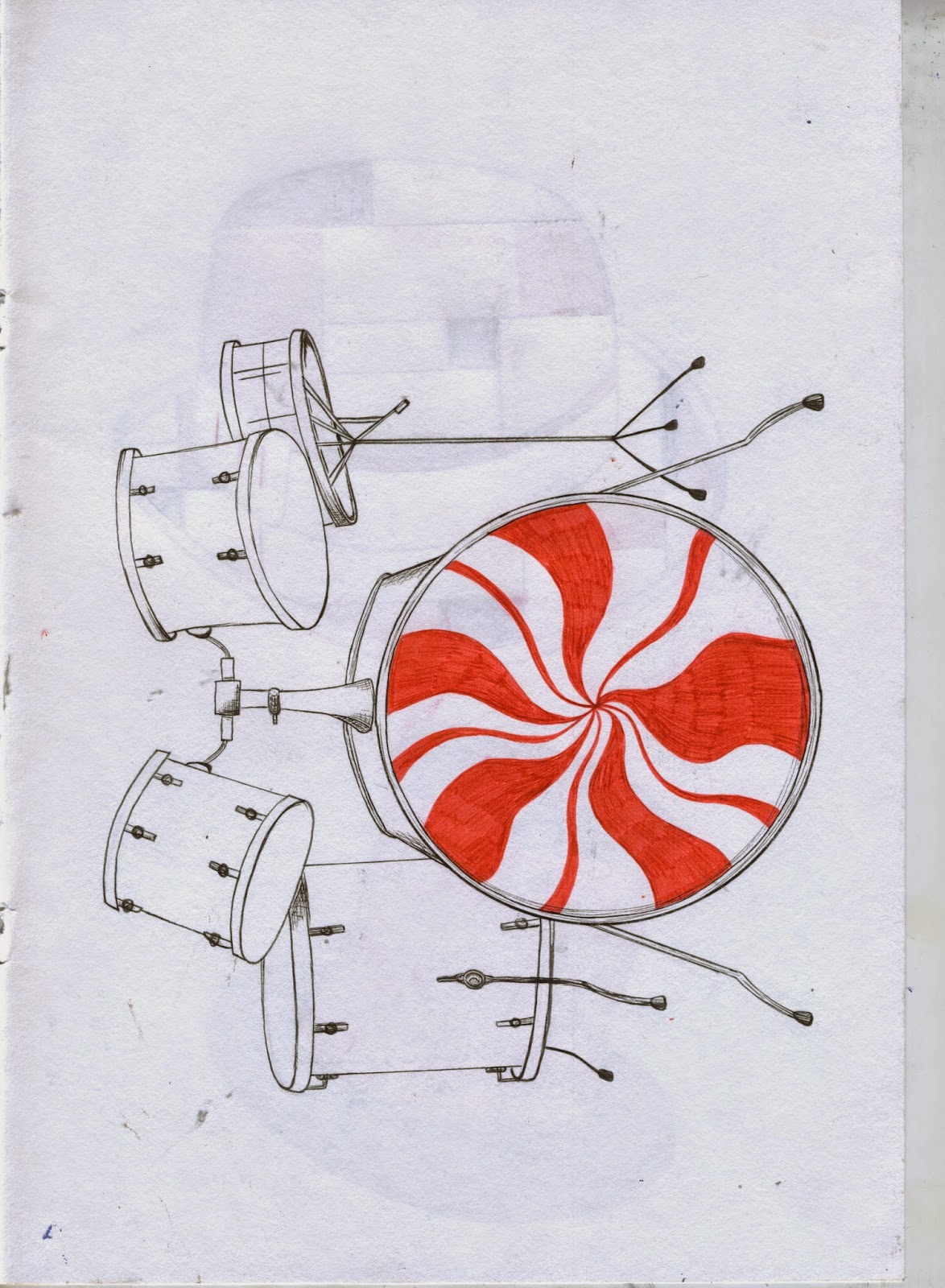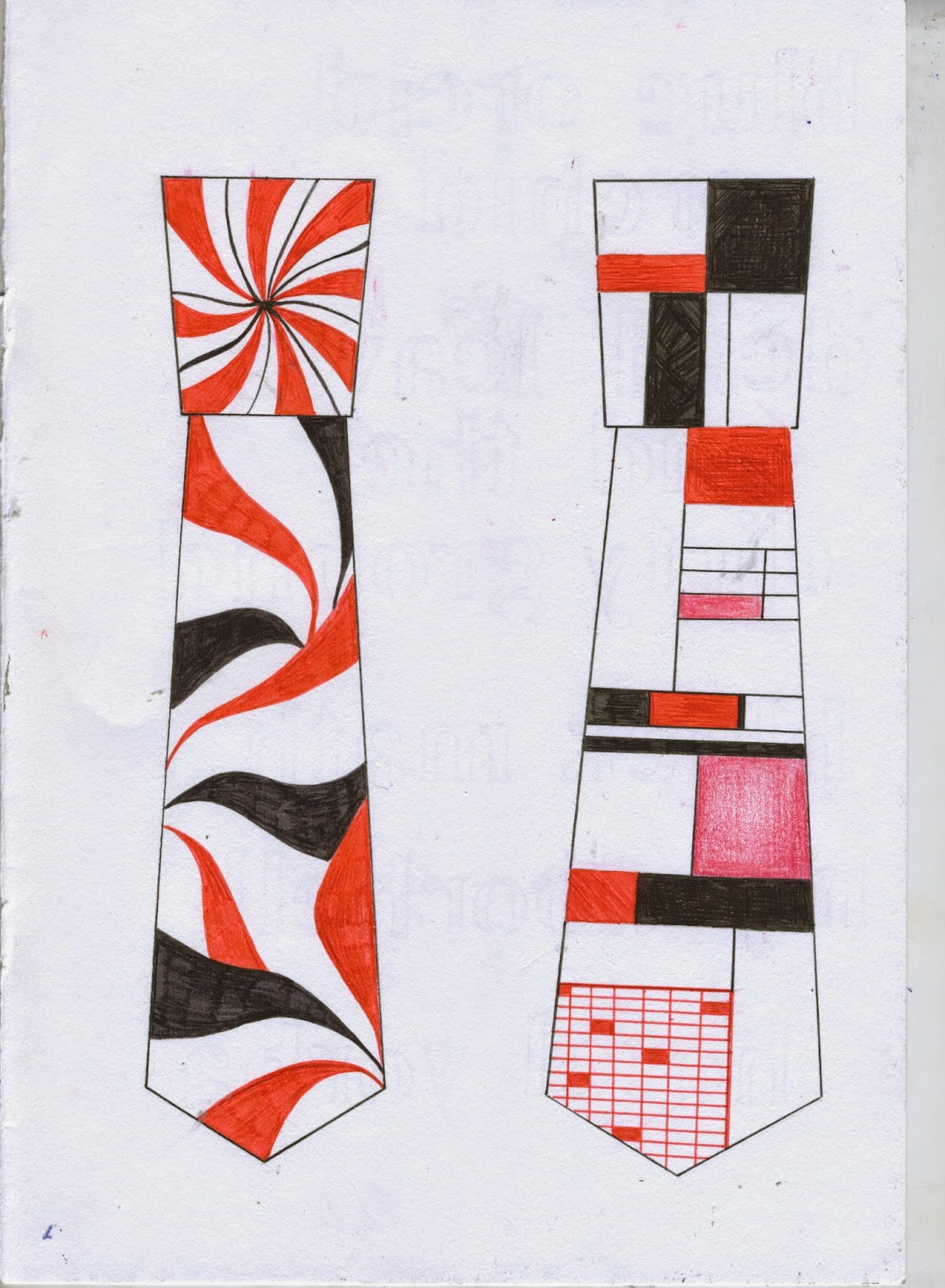My first aim from my Hopes, Fears, and
Opportunities post last December was about discovering and pinning down a
definite working method and style for my work and me. I think I have achieved
this goal and am sure of how I tackle a brief, however I'm not sure if I am
done experimenting, which in my opinion is a good thing.
Before December I played with different types of
drawing and the tools to do this, and found the way I loved to create pictures.
I then explored, from the advice of my tutors different ways to add depth to
these drawings, which I am still doing now. In this term I have tackled
screen-printing, t-shirt painting, sewing, photoshop, illustrator, and collage
to find different ways of taking my work further than just pen on paper.
Although some things have worked, and some things haven’t I feel I have been
learning the whole time.
I have found all the different contacts with
industry really valuable, and a lot of the information will be applicable in a
variety of fields after I leave university.
I have not found the time to explore animation any
further this term which I am disappointed about, but I firmly believe that just
because I’m graduating it doesn’t mean I’m done with education, and have been
researching different courses I can do to gain new skills.
I have got back in to using Adobe Illustrator in my
most recent Wanderlust project, creating simplified abstract maps using the
program, and I have found it somewhat time-consuming, but extremely rewarding,
as with this tool what you imagine in your head is usually how it turns out,
which is not always the case when doing work by hand. I am really happy with
the way these have turned out and am excited to start making more detailed
imagery in this way. However I do not want to lose the handmade feel in my work
as I find it a lot more pleasing aesthetically, and so have begun to combine
the illustrator work with my drawings and textures.
Creating a website has also been a new step for me,
as although I have selected templates and chosen fonts for blogs etc before,
there is a lot more freedom with the cargo design feature, and I am really
happy with the way this has turned out.
I am glad I have quite closely stuck to the themes
that I planned in my last post for FMP. I explained my choice of the word
Wanderlust as my inspiration, and I have also explored making work relating to
music which is one of my passions and something I’d love to continue doing
after I leave university.
Overall, I’m really happy with the way it
is going at the moment, and my only real problem is that it has gone too fast
and I wish I’d had more time to explore the subjects deeper. I am glad that I
chose to take on two projects over the FMP as I worry if I focused on one for
the whole time I would of lost momentum.



































































